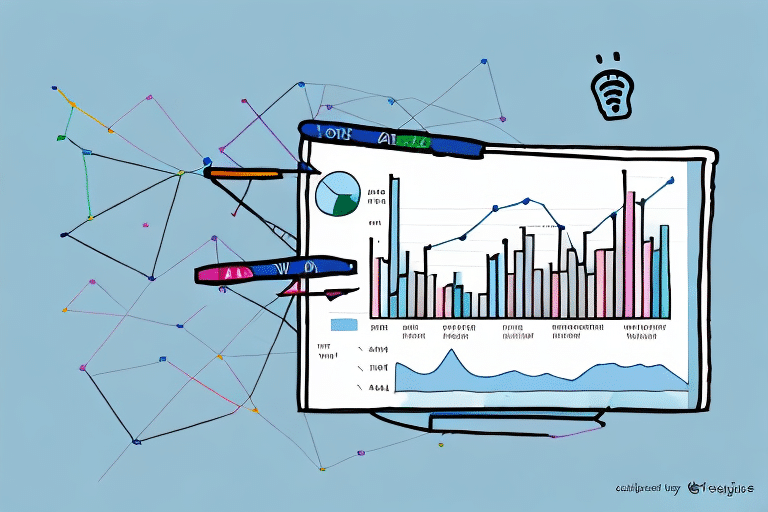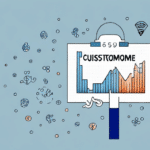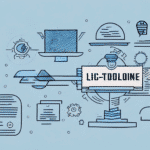Why Customer Retention is Important for Your Business
Retaining customers is as crucial as acquiring new ones. Loyal customers are more likely to make repeat purchases and increase their spending over time. They also serve as brand advocates, promoting your business through word of mouth, which helps in acquiring new customers. Moreover, retaining customers is often more cost-effective than attracting new ones. According to research by Bain & Company, increasing customer retention rates by just 5% can boost profits by 25% to 95%.
Building strong relationships with your customers fosters trust and loyalty, leading to long-term business relationships. This not only provides valuable feedback to improve your products or services but also gives you a competitive advantage by demonstrating reliability and trustworthiness in your industry.
Understanding Customer Retention Rate (CRR)
Customer Retention Rate (CRR) is the percentage of customers who continue to do business with you over a specified period. It’s a key metric that helps businesses assess their ability to retain customers and maintain long-term relationships.
Formula for Calculating CRR
The formula to calculate CRR is:
CRR = ((CE - CN) / CS) x 100
Where:
- CE = Number of customers at the end of the period
- CN = Number of new customers acquired during the period
- CS = Number of customers at the start of the period
Example Calculation
For instance, if you had 500 customers at the start of the quarter, acquired 50 new customers, and retained 450 existing customers, your CRR would be calculated as follows:
CRR = ((480 - 30) / 500) x 100 = 90%
This means that 90% of your customers were retained during the quarter.
How to Measure Customer Retention Rate
Measuring CRR requires accurate data collection and analysis. Here’s how you can effectively measure it:
Methods of Measuring CRR
Cohort Analysis
Cohort analysis involves tracking the retention of specific customer groups over time. This method helps identify trends in customer behavior and differences in retention rates between various segments.
Repeat Purchase Probability (RPP) Model
The RPP model predicts the likelihood of repeat purchases based on past purchasing behavior, enabling businesses to forecast future retention rates.
Customer Surveys
Conducting surveys to gauge customer satisfaction, likelihood to recommend, and intention to continue using your services provides qualitative insights into customer loyalty.
Step-by-Step Guide to Calculate CRR
- Determine your retention period (e.g., monthly, quarterly, annually).
- Calculate the number of customers at the start of the period (CS).
- Identify the number of new customers acquired during the period (CN).
- Determine the number of customers at the end of the period (CE).
- Subtract the number of new customers (CN) from the end period customers (CE).
- Divide the result by the number of customers at the start (CS).
- Multiply by 100 to get the percentage CRR.
Note: While CRR is a valuable metric, it should be tracked alongside other metrics like Customer Lifetime Value (CLV), Customer Acquisition Cost (CAC), and Net Promoter Score (NPS) for a comprehensive understanding of your business performance.
Benefits of Tracking Customer Retention Rate
Tracking CRR offers several advantages:
- Measure Success: Assess the effectiveness of your retention strategies.
- Forecast Revenue: Estimate future revenue based on retention trends.
- Understand Customer Behavior: Identify patterns and reasons behind customer loyalty or churn.
- Competitive Advantage: Demonstrate a loyal customer base to attract new customers.
Additionally, understanding CRR helps in making informed decisions to enhance customer satisfaction and business growth.
Strategies to Improve Customer Retention Rate
Enhancing CRR involves several strategies focused on improving customer experience and satisfaction:
Enhance Customer Service
Providing prompt, personalized, and effective customer service can significantly boost retention. Addressing inquiries and complaints efficiently builds trust and loyalty.
Implement Loyalty Programs
Loyalty programs reward repeat customers, encouraging them to continue doing business with you. Programs can include discounts, exclusive offers, or points-based rewards.
Improve Customer Experience
Ensuring a seamless and enjoyable customer experience across all touchpoints—such as website usability, ease of purchase, and reliable shipping—can increase the likelihood of repeat business.
Regularly seeking and acting on customer feedback helps in making necessary improvements tailored to customer needs.
Industry Benchmarks and Case Studies
Industry Benchmarks
Different industries have varying benchmarks for CRR. For example, the SaaS industry typically sees CRR values between 75% to 85%. Understanding your industry’s benchmarks helps in evaluating your performance and setting realistic goals.
Case Studies of Successful Companies
Companies like Amazon Prime boast a CRR of around 93%, attributed to the convenience and benefits of their membership program. Apple maintains a high retention rate, with over 90% of iPhone users upgrading annually, showcasing the effectiveness of their product ecosystem and customer loyalty initiatives.
Common Mistakes to Avoid When Calculating CRR
Accurate CRR calculation is essential. Here are common pitfalls to avoid:
- Ignoring New Customers: Failing to account for new customers acquired during the period can distort your retention rate.
- Inconsistent Time Frames: Using different retention periods for calculations can make comparisons inaccurate.
- Neglecting Data Accuracy: Inaccurate or incomplete data can lead to incorrect CRR figures.
Ensuring meticulous data collection and consistent measurement periods is crucial for reliable CRR calculations.
Conclusion
Calculating and understanding your Customer Retention Rate is vital for assessing the health of your business and the loyalty of your customer base. By accurately measuring CRR and implementing effective retention strategies, you can enhance customer satisfaction, increase profitability, and gain a competitive edge in your industry. Prioritizing customer retention not only fosters long-term success but also builds a resilient and loyal customer community.






















